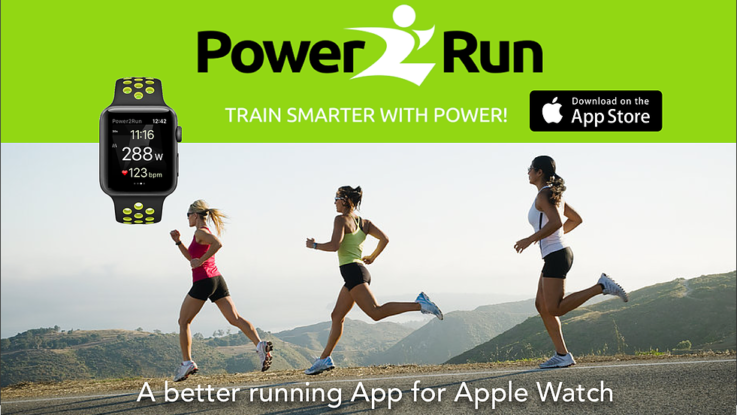
Running Power is an exciting new training metric being adopted by exercise physiologists, coaches, elite triathletes and serious runners. This article will attempt to answer three important questions about running power. “What is running power?”, “Why use Power?”, and “How do I measure running Power?”
What is running Power?
Let’s start with the basics. Simply put, running power is a measure of how hard you are working when you run. It is reported in Watts (Energy/time) just like cycling power. However, unlike cycling power, running power is not the mechanical power generated during exercise. Rather it is the metabolic power (rate of Calorie burn) of the runner multiplied by a constant metabolic efficiency (typically ~25%) to convert to Watts. Running power is reported this way because it is the metabolic power, not the mechanical power that determines how hard you are working and how quickly you will fatigue.
In cycling, the mechanical power delivered to the pedals is proportional to the metabolic power regardless of the riding conditions (uphill, downhill or on the flat) so mechanical power serves as good measure for how hard you are working. However, in running this is not the case. To see why, consider running downhill, where mechanical power is dominated by the braking action of the foot striking the ground. In this case, the mechanical power is actually negative. There is, however, significant metabolic power required to run downhill, as anyone who has run the Boston Marathon can testify.
If you are interested in more information on running power and how it is measured, Alex Hutchinson has written a great article on the topic; or check out this description of the running power measurement from Inspyridon (maker of the Power2Run app for Apple Watch).
Why use Power?
In the past runners have used a combination of heart rate and pace to measure their running efforts. Power is complementary to these measurements and better. Let’s take a closer look.
Pace is frequently used to manage effort during a run. This is a perfectly good measure of running effort until the run tilts upwards on hills. We all know a 7-minute mile run up a steep hill is not the same effort as running a 7-minute mile run down a hill. This is where power can help. Power tells you exactly how much energy you are using to run up and down every hill. Instead of running uphill too hard, you can maintain steady power. This allows you to run further with less fatigue. Exercise Physiologist Andy Coggan calls this “saving your running matches.” In practice, runners, like cyclists, should use ~10% more power on uphills and ~10% less power on downhills in order to maximize overall race performance.
Now let’s look at heart rate. Heart rate responds to the increased effort (Power) by beating faster. This provides more oxygen to muscles and helps to expel CO2 from burning Calories. Running power measures your increased Calorie burn in near real-time before your body responds by breathing harder. Because changes in power precede physiological changes like heart rate by as much as 1-2 minutes, an athlete using power can slow down before they are huffing and puffing above threshold! Saving you from the dreaded late race fade.
How to measure running Power?
Until recently, measuring a runner’s power was only possible in a laboratory by using sophisticated equipment to measure Oxygen use. However, there are now a variety of devices on the market that estimate a runner’s energy use in near real-time. The current systems use accelerometers, barometers, force plates, and a measurement of velocity to estimate a runner’s near-real-time calorie burn. Estimates of metabolic efficiency turn that number into Power (Watts). Table 1 below lists the main products and their Power measuring methodology.
Each system works slightly differently but all will provide an athlete with the information they need to take their training and racing to the next level.
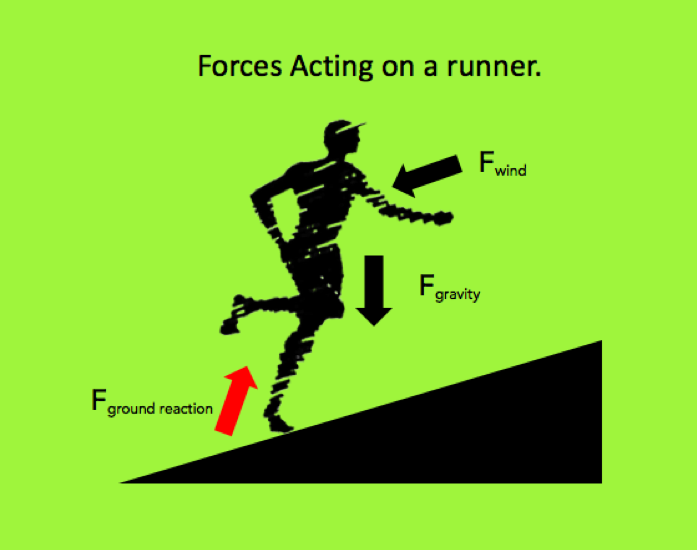
| Power Meter | Wrist / Foot Based | Product Type | Sensor Methodology | Other Requirements |
| STRYD | Foot | Foot pod | Accelerometer/ Barometer | Compatible third party watches |
| Power2Run | Wrist | Apple Watch App | Accelerometer/ Barometer / GPS | Apple Watch Series 3 or 4 |
| Runscribe | Foot | 2x Foot Pods | Accelerometer/ Barometer | Compatible third party watches |
| RPM2 | Foot | Inner sole | Force sensing insoles | Compatible third part watch |
| Garmin RD Pod | Foot | Foot pod | Accelerometer/ Barometer / GPS | Compatible Garmin Watch |
| Polar Vantage V | Wrist | Running Watch | Accelerometer/ Barometer / GPS | – |
Table 1: Running Power product options
Have you tried the app? Let us know over on Twitter or in the comments below.


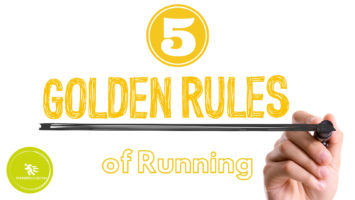
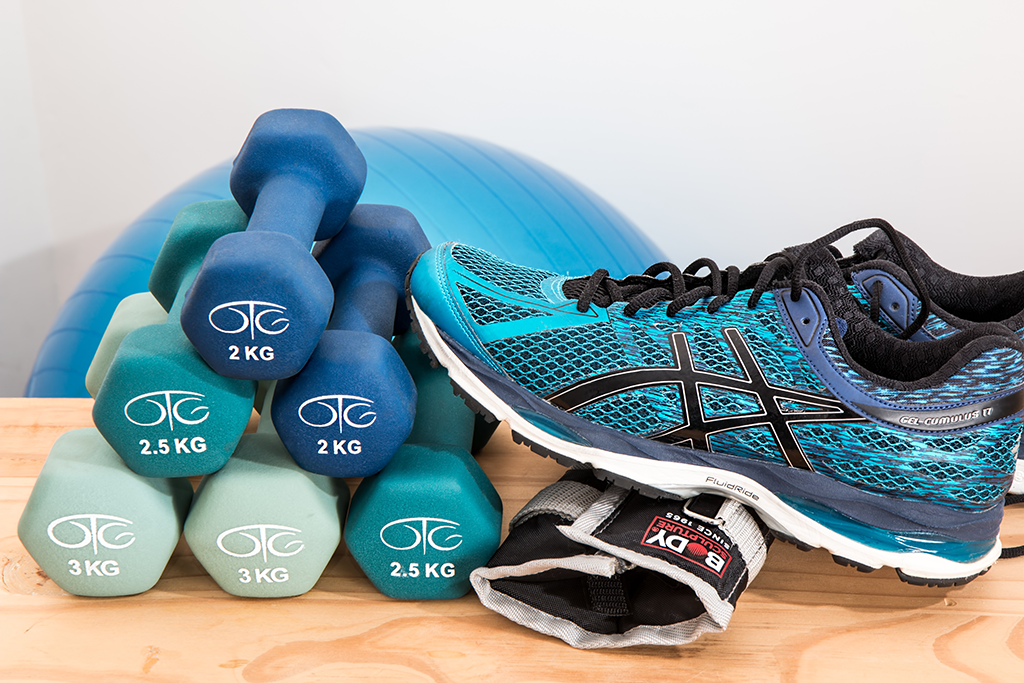
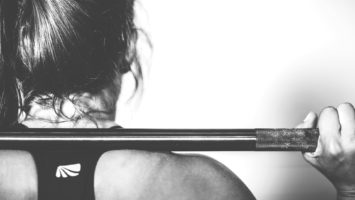
Leave a Reply